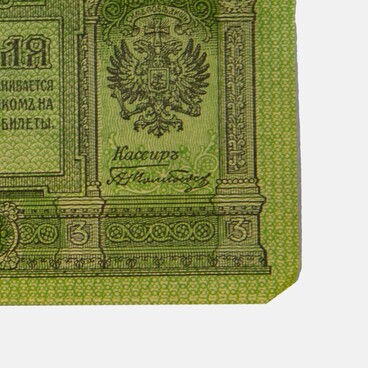The wooden platter has a wide, elevated, oval in cross-section rim of a rich mahogany color. The recess and base are black. The bottom of the dish features a relief image of a dragon, inlaid with ivory and mother-of-pearl.
Dragons have been a staple of Chinese, Korean and Japanese traditional culture since time immemorial. They are powerful and beautiful creatures. Interestingly, in Japanese mythology dragons have three toes, whereas in Korea they have four, and in China — five. In Asian cultures, dragons usually stand for the forces of good — they symbolize power, might and strength. Japanese dragons are known under the general name “tatsu”. They are patrons of water reservoirs and rice fields and live close to the former, and symbolize well-being, wisdom, forces of good and protection. They unite water and air and have close ties with the gods.
The dragon on the platter is depicted in traditional Japanese style. Its body covered in scales is curled up into a circle. Its head with a mustache, low overhanging eyebrows above the eyes, and straight horns, — each with a single appendage — is turned to the left with its mouth open. The dragon has four paws, each clearly shows three toes with long claws, like those of an eagle. The wide border features two dragons painted in red tones, facing up to the sun between them at the top of the platter. This element can also be interpreted as a pearl, which, according to traditional mythology, holds all of the dragon’s power. The dragons touch their tails at the bottom part of the platter. These two dragons are drawn in the same style as the one in the center — snake-like, with large heads and three-toed paws. The yellow-golden color of the dragon in the center symbolizes the center of the Earth. It brings wealth, wisdom and kindness. The tails of all three depicted dragons are fluffed, in the shape of a fan, indicating that these dragons are female.
Such a platter is called a
“tondo”, which means “circle”, an image created inside of a circle. The round
format is most typical for decorative and applied art, as the products are made
in such a shape. In addition, the circle symbolizes the sky, centrality,
stillness and closure.


